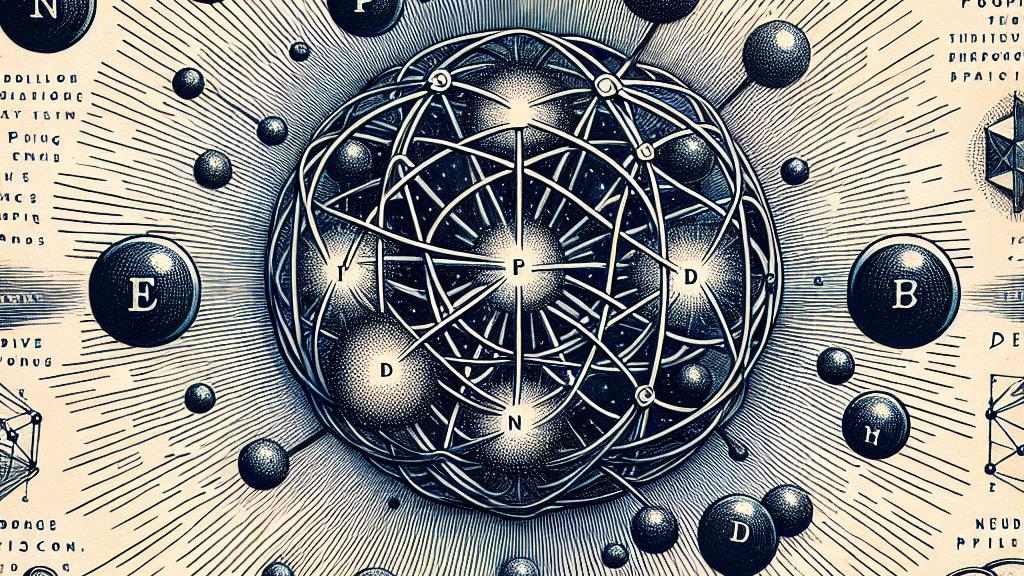Understanding Pion Reactions in Nuclear Physics
Overview
- Pions are essential particles that play a vital role in the strong interaction, the fundamental force that binds atomic nuclei.
- Recent advanced calculations have revealed intriguing connections between various pion reactions, enhancing our understanding of quantum chromodynamics (QCD).
- This groundbreaking research not only enriches theoretical physics but also paves the way for thrilling advancements in the field.

The Fascinating Nature of Pions
Pions, known as the lightest mesons, are indispensable to our understanding of particle physics. They can be thought of as tiny messengers of the strong force, the powerful glue that holds atoms together. Comprised of a quark and an antiquark, pions come in three varieties: positively charged (π+), negatively charged (π−), and neutral (π0). Each type fulfills a unique and critical role in various particle interactions. For instance, their discovery in the 1940s by pioneering physicists like César Lattes and Giuseppe Occhialini marked a turning point in the study of atomic structure, revealing how fundamental forces operate at the most microscopic levels.
Unraveling Connections in Pion Reactions
The recent developments in understanding pion reactions are nothing short of revolutionary. Imagine two seemingly unrelated stories suddenly intertwining; recent research has connected 'spacelike' and 'timelike' pion reactions, offering a clearer picture of their interrelated nature. In a spacelike process, an electron interacts with a pion, much like a tennis ball being smacked across the court. Conversely, in a timelike process, an electron meets its antiparticle, leading to a spectacular annihilation that produces two pions—similar to fireworks bursting in the sky. Dr. Felipe Ortega-Gama and his colleagues employed sophisticated quantum chromodynamics (QCD) calculations to illustrate that, while these processes appear distinct, they are, in fact, governed by the same fundamental physics. This intriguing connection enriches our grasp of how different particle interactions relate to one another.
Exciting Implications for the Future of Physics
The implications of these findings are profoundly exciting and reach beyond academia, igniting enthusiasm for future experiments in nuclear physics. By comprehending the bonds between pion reactions, scientists can design more precise and ambitious experiments. Consider the potential of conducting cutting-edge studies at state-of-the-art particle accelerators, where researchers could predict outcomes with remarkable accuracy. This could lead to incredible breakthroughs in understanding the very nature of matter and energy! As exploration in this field progresses, we may well stand on the brink of uncovering new fundamental particles and forces, revolutionizing our perception of the universe. Engaging with the mysteries of particle physics is not just an academic endeavor; it's an electrifying adventure that continues to unfold before our eyes!

Loading...